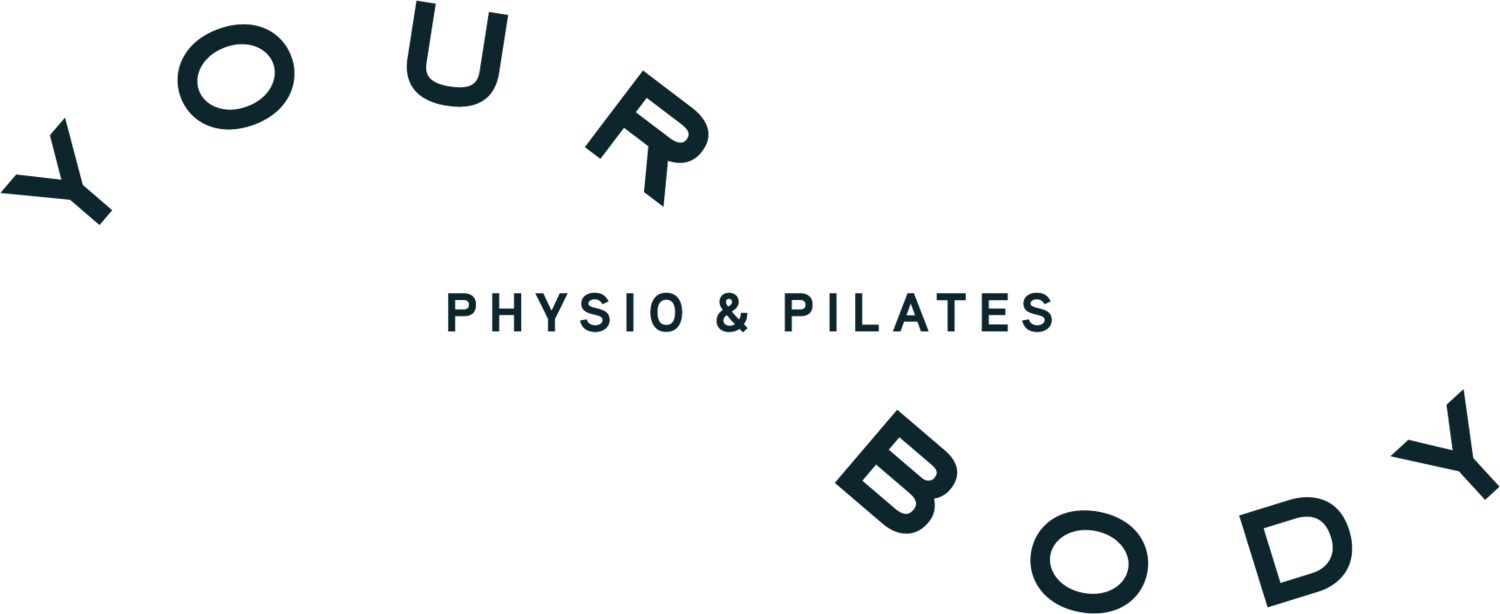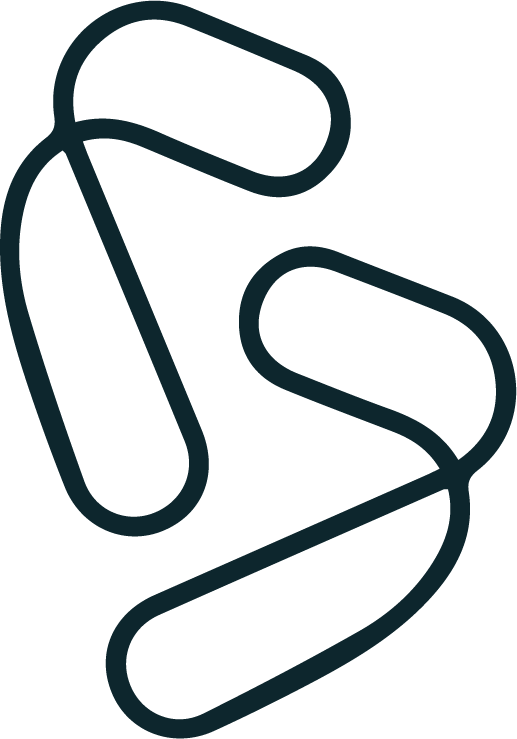How Breathing Can Affect Your Neck Pain.
Have you ever experienced tightness and pain around the neck and shoulders that has been impossible to shift? It might feel like the type of lingering injury that seems to always comes back.
Believe it or not, the problem may be down to breathing. This is especially true if you feel stressed, anxious, fatigued or overwhelmed.
What a lot of people don’t realise that our neck is the home of a lot of our smaller or “Accessory” respiratory muscles. These muscles can get tight and overloaded if they are overused and we’re not recruiting our larger “Primary” respiratory muscles such as our diaphragm.
Primary respiratory muscles muscles involve the diaphragm, intercostals (between our ribs), and abdominals. These muscles act on the lower ribs and allow ribcage expansion as air enters the lungs.
Accessory respiratory muscles include muscles in our neck, such as our scalenes and SCM. They raise the chest, shoulders and upper part of ribcage. Over-recruitment of these muscles can lead to very shallow breathing.
Accessory respiratory muscles are only supposed to be used when needing to get in oxygen quickly, such as when exercising. But if you are in a high stressed state or a ‘fight of flight’ state you can be using these muscles to control the bulk of your breathing in every day life. This causes increased tension in your neck and shoulders.
Learning “Relaxation Breathing Techniques” can help to help to reduce activation of your Accessory respiratory muscles and increase Primary respiratory muscle activation. This can alleviate neck pain and stiffness. Often when you have developed overuse of the accessory respiratory muscles you may need coaching on how to calm them down. Our physios can help you learn how to recruit your primary respiratory muscles, relax your accessory respiratory muscles and also release these tight muscle with massage and other hands-on techniques.
To get started, try this simple breathing technique at home.
Sit in a relaxed position.
Breathe in through your nose as quietly as possible without hearing any air go in. Visualise your lungs expanding like two large balloons with air filling them into the backs and sides of your ribcage.
Breathe out of your mouth softly.
Repeat for 5 breaths.
In our Pilates classes we recruit a similar breathing pattern to help recruit your abdominals, relax your shoulders and get the most out of each exercise. This is why you’ll often feel more relaxed in your neck and shoulders after class.
To find our more about breath-work, physiotherapy for neck pain and Pilates, BOOK an appointment with Our Team today.

